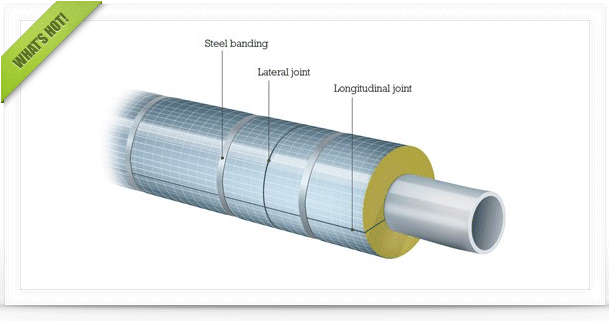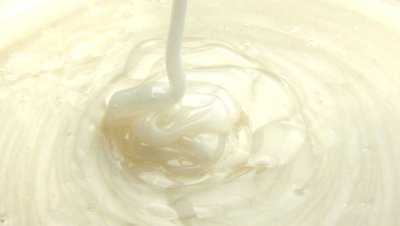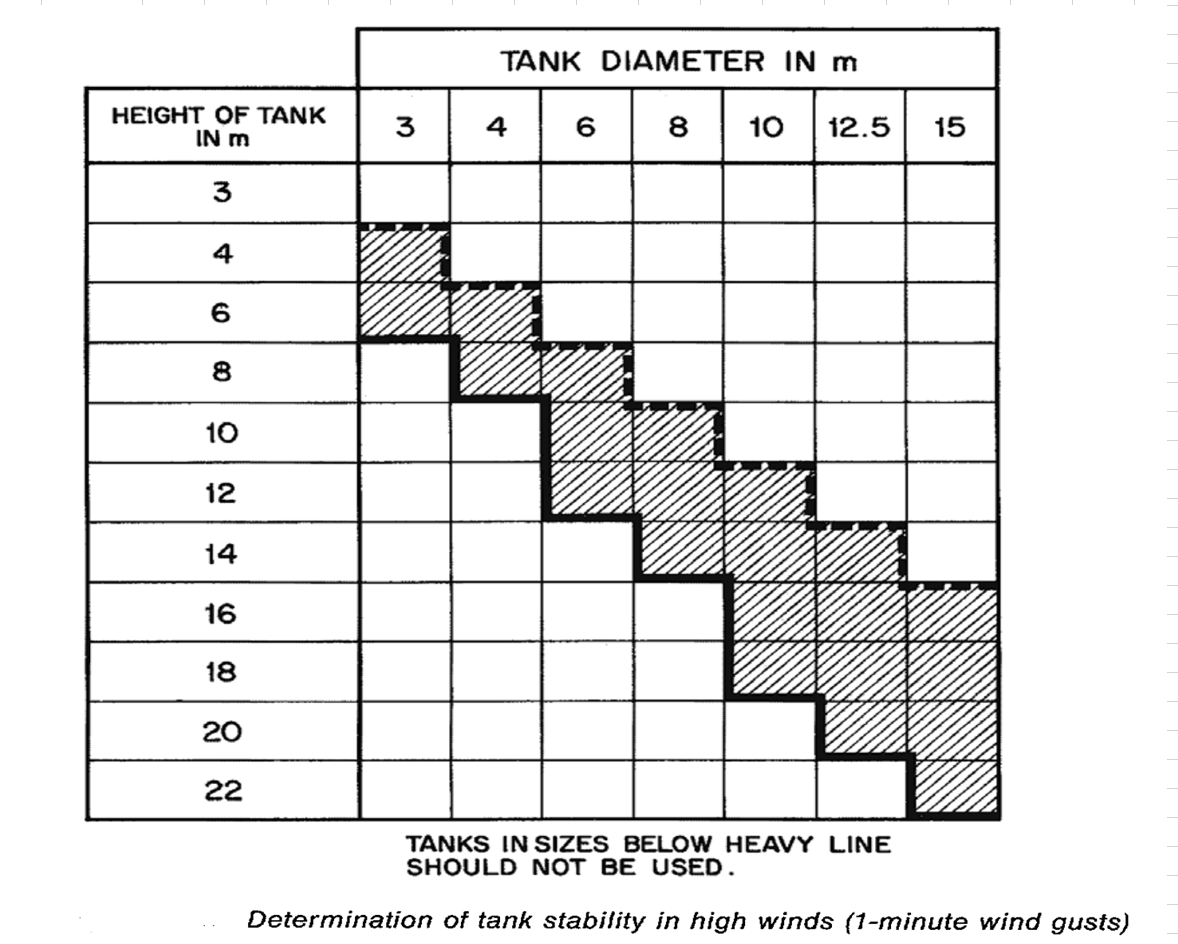There is usually some external coating on carbon steel vessels to protect from corrosion. I just call it paint. You can call it paint also, but it probably has some specific formula that I don't really care about.
Sizing flash drums is based on sizing the vapor space so the velocity is low enough to not carry over much liquid. The liquid volume space is large enough to allow bubbles to disengage and provide a reliable feed for level control and a pump. There are many references and guidelines to use for flash drum design. There is not a single approach or rule-of-thumb. My personal preference is guidance from the GPSA Tech Data Book. You can find lots of instructional videos on the internet: https://www.bing.com...or Design Guide As you research, you will find that detailed design of a flash drum requires engineering selection through many choices.
A general comment because you seem amenable to instruction...my assessment of your task (reading between the lines) based on your posts:
As a student, you are trying to take short cuts to avoid calculating a distillation column. To you, flashes are simpler and good enough.
This is not bad engineering to try to take short cuts. Good enough is good enough. However, I think it likely that three flash drums are not the correct answer.
Don't go down a path that leads to eventual failure. Three simple flash drums are not equivalent to three theoretical flashes! Bite the bullet and use a distillation column. It will be cheaper, more efficient, and will work if designed properly. Yes, it will require more engineering work. Learn the engineering while in school if you can! If you find no real world process that uses three flash drums to separate iC4 and nC4, it is best not to assume you discovered a better way than the rest of the engineering community. I don't know what you are missing in your assessment and you may not find the problem either. That does not mean that there is no problem. By avoiding a distillation column, you are missing the experience of designing one! If I were your professor, I might consider you lazy to avoid learning. Better to do the engineering calcs and get them explained to you why they are wrong than not to do them at all. You learn by doing.
I am suspicious of your VLE calcs. Do not assume that because you did the calculations and do not see any errors that you did them correctly. Find confirmation of your method using a known correct result.

 FB
FB












